Are water plumes spraying from Europa? NASA's Europa Clipper is on the case
Tuesday, 30 November 2021 16:39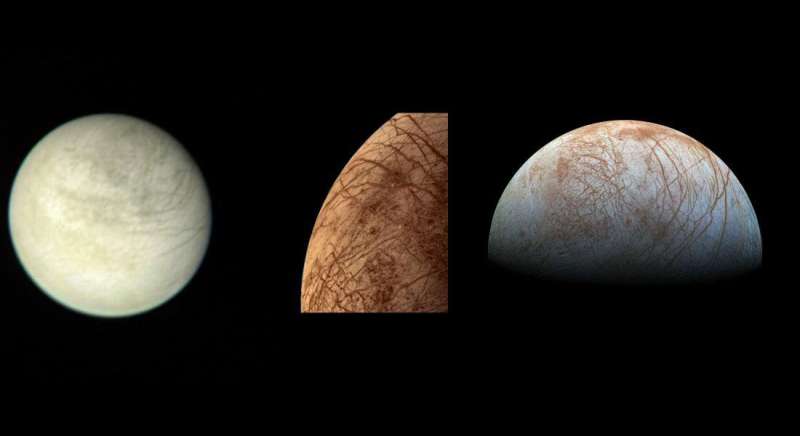
Finding plumes at Europa is an exciting prospect, but scientists warn it'll be tricky, even from up close.
In 2005, images of a brilliant watery plume erupting from the surface of Saturn's moon Enceladus captivated the world. The giant column of vapor, ice particles, and organic molecules spraying from the moon's south polar region suggested that there's a liquid water ocean below Enceladus' ice shell and confirmed the moon is geologically active. The plume also thrust Enceladus and other worlds in the outer solar system, with no atmospheres and far from the heat of the Sun, toward the top of NASA's list of places to search for signs of life.
Op-ed | Creating sustainable value from space
Tuesday, 30 November 2021 16:05
As the National Space Council prepares to meet this week, job one is to fully apply space technology to address the most compelling issue of our time — human-induced climate change.
Biden taps former Air Force procurement official LaPlante to run Pentagon acquisitions
Tuesday, 30 November 2021 15:29
President Biden has nominated William LaPlante to be the Defense Department’s top procurement official, the White House announced Nov. 30.
Image: ISS captured from the SpaceX Crew Dragon Endeavour
Tuesday, 30 November 2021 14:40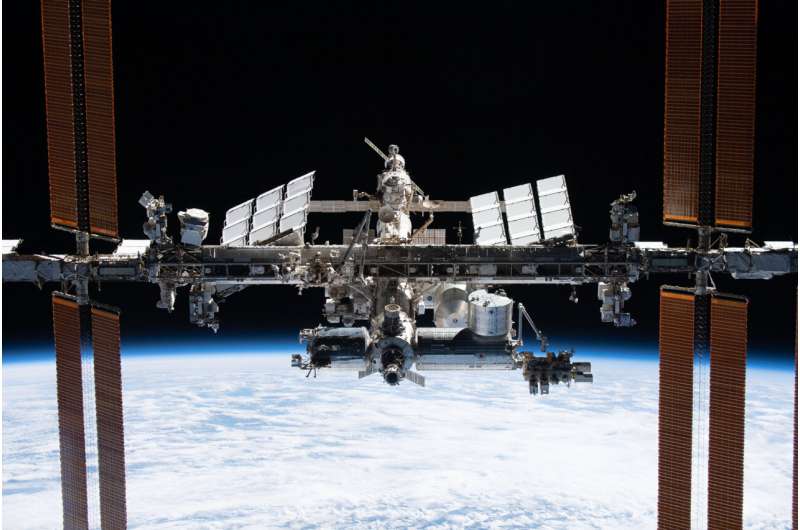
It can be hard to appreciate that a human-made, football-pitch-sized spacecraft is orbiting 400 km above our heads, but there it is.
The jewel of human cooperation and ingenuity that is the International Space Station shines brightly in this image captured by ESA astronaut Thomas Pesquet from the SpaceX Crew Dragon Endeavour.
Crew-2 got this amazing view during a flyaround of the orbiting lab after undocking from the Harmony module on 8 November, before their return to Earth.
Since this image was taken, there has even been a new addition in the form of the Russian Node Module, known as Prichal. The final Russian module planned for the station, it is a spherical node attached to the Russian segment with six docking ports for future Progress and Soyuz arrivals.
A collaboration between five space agencies, the station has become a symbol of peaceful international cooperation for 23 years now. It represents the best of our space engineering capabilities as well as humankind's pursuit of scientific knowledge and exploration.
By any standards, it is an incredible piece of spacecraft engineering. Weighing 420 tons, it travels in low-Earth orbit at more than 27 000 km/hour, circling Earth approximately 16 times every day.
2022 Artemis Mission Debuts America’s Powerful New Launch Capability
Tuesday, 30 November 2021 14:15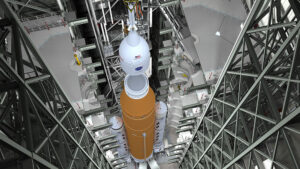
In the coming months, NASA will launch the first Artemis mission from NASA’s Kennedy Space Center. This milestone not only puts the United States on a path to return humans to the Moon for the first time since the Apollo Program, but also sets the stage for the next giant leap: exploration of Mars.
Space junk forces spacewalk delay, too risky for astronauts
Tuesday, 30 November 2021 13:33
The Parker Solar Probe is getting pelted by hypervelocity dust. Could it damage the spacecraft?
Tuesday, 30 November 2021 12:21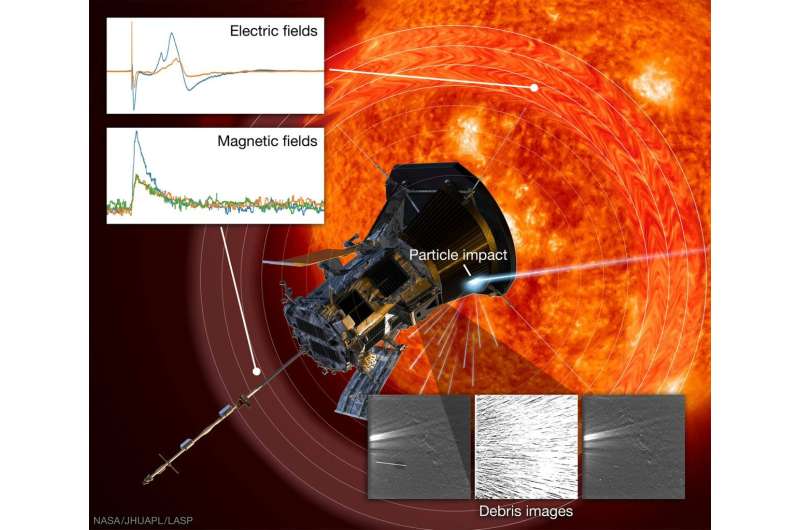
There's a pretty significant disadvantage to going really fast—if you get hit with anything, even if it is small, it can hurt. So when the fastest artificial object ever—the Parker Solar Probe—gets hit by grains of dust that are a fraction the size of a human hair, they still do damage. The question is how much damage, and could we potentially learn anything from how exactly that damage happens? According to new research from scientists at the University of Colorado at Boulder (UCB), the answer to the second question is yes, in fact, we can.
Parker is cruising through the inner solar system on its orbit around the sun at a cool 180 km/s (400,000 mph). But the environment it is traveling through is anything but cool—the probe needs the help of a giant heat shield to ensure that the full force of a star doesn't entirely destroy its innards.
Galileo satellites placed on Soyuz launcher
Tuesday, 30 November 2021 11:28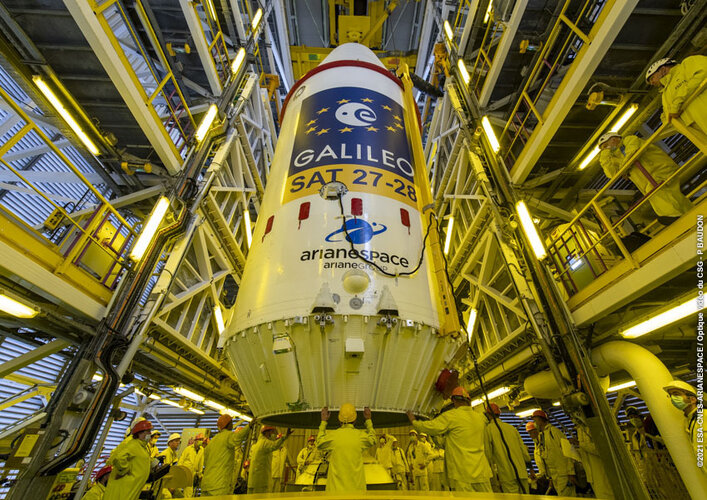 Image:
Galileo satellites placed on Soyuz launcher
Image:
Galileo satellites placed on Soyuz launcher Cosmic pearl
Tuesday, 30 November 2021 10:39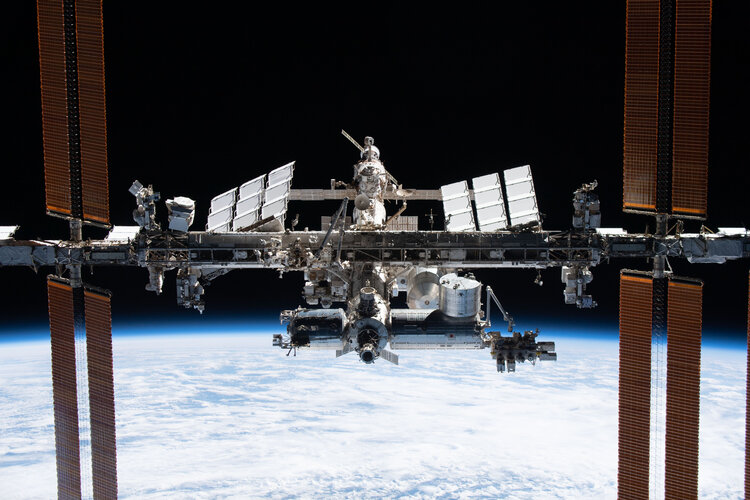 Image:
Image:
It can be hard to appreciate that a human-made, football-pitch-sized spacecraft is orbiting 400 km above our heads, but there it is.
The jewel of human cooperation and ingenuity that is the International Space Station shines brightly in this image captured by ESA astronaut Thomas Pesquet from the SpaceX Crew Dragon Endeavour.
Crew-2 got these amazing views during a flyaround of the orbiting lab after undocking from the Harmony module on 8 November, before their return to Earth.
Since this image was taken, there has even been a new addition in the form of the Russian Node Module, known as Prichal.
NASA postpones ISS spacewalk because of debris
Tuesday, 30 November 2021 10:06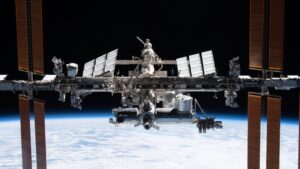
NASA postponed a spacewalk outside the International Space Station by two astronauts just hours before it was scheduled to start after getting a warning that debris would pass close to the station.
Science at the cusp: NASA rocket to study mysterious area above the North Pole
Tuesday, 30 November 2021 07:54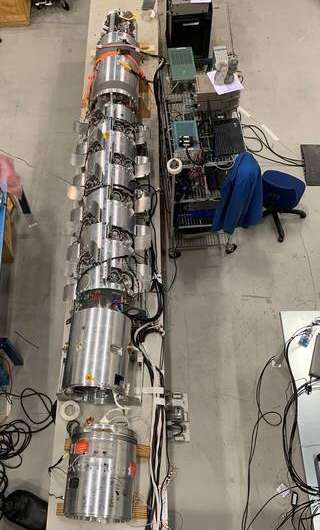
Strange things happen in Earth's atmosphere at high latitudes. Around local noon, when the Sun is at its highest point, a funnel-shaped gap in our planet's magnetic field passes overhead. Earth's magnetic field shields us from the solar wind, the stream of charged particles spewing off the Sun. The gap in that field, called the polar cusp, allows the solar wind a direct line of access to Earth's atmosphere.
Radio and GPS signals behave strangely when they travel through this part of the sky. In the last 20 years, scientists and spacecraft operators noticed something else unusual as spacecraft pass through this region: They slow down.
"At around 250 miles above Earth, spacecraft feel more drag, sort of like they've hit a speed bump," said Mark Conde, a physicist at the University of Alaska Fairbanks and the principal investigator for NASA's Cusp Region Experiment-2, or CREX-2, sounding rocket mission.
Exploring together, NASA and industry embrace laser communications
Tuesday, 30 November 2021 07:53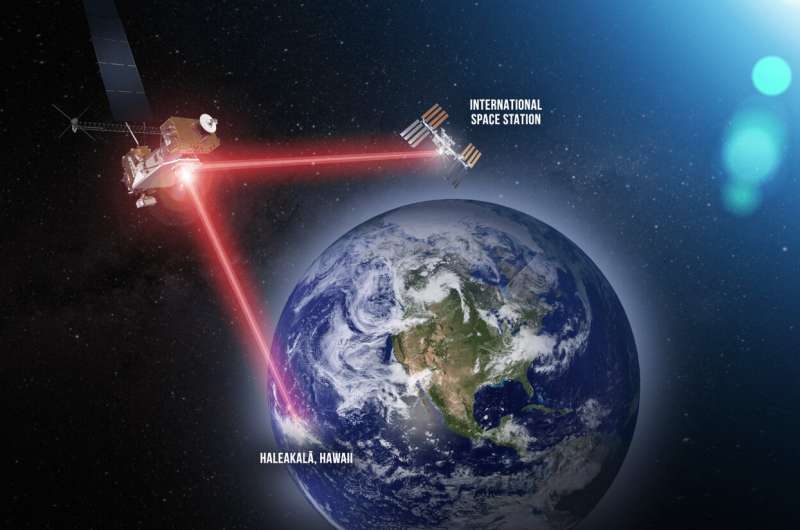
Our televisions and computer screens display news, movies, and shows in high-definition, allowing viewers a clear and vibrant experience. Fiber optic connections send laser light densely packed with data through cables to bring these experiences to users.
NASA and commercial aerospace companies are applying similar technologies to space communications, bringing optical speeds to the final frontier. Free-space optical communications leverages recent advancements in telecommunications to allow spacecraft to send high-resolution images and videos over laser links.
"Free-space" refers to the absence of the insulated, fiber optic cables that enable the terrestrial internet. Free-space laser communications flow freely through the vacuum of space, however atmosphere poses unique challenges to communications engineers.
NASA's Laser Communications Relay Demonstration (LCRD) will send data to and from ground stations and, eventually, in-space user missions over laser links.
"LCRD leverages the work done in the telecommunications industry for the past several decades. We're taking the concepts that they've created and applying them to space," said Russ Roder, product design lead for LCRD's optical module.
Micro-geostationary satellite wins ESA support
Tuesday, 30 November 2021 07:49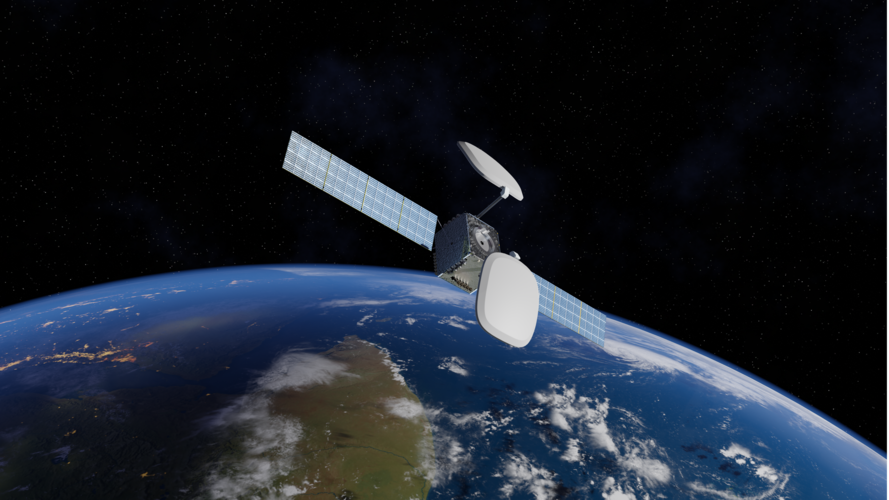
A small European telecommunications satellite intended for launch into geostationary orbit some 36 000 kilometres above the Earth – which can be used as a basis for future satellites – has won support from ESA.
DARPA to launch DoD’s first in-space manufacturing research program
Monday, 29 November 2021 20:47
The Defense Advanced Research Projects Agency in a new program will explore options to conduct biomanufacturing in space, using biological systems like microbes to construct materials for use in orbital operations.
Space Force official: Satellites in orbit have become pawns in geopolitical chess games
Monday, 29 November 2021 19:37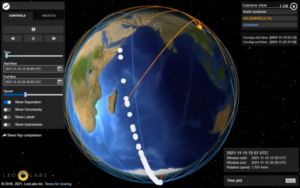
China and Russia have watched the United States display its military power, much of it enabled by satellites in space. China’s recent demonstration of an orbital hypersonic weapon and Russia blowing up a satellite are expected countermoves, said Lt.

